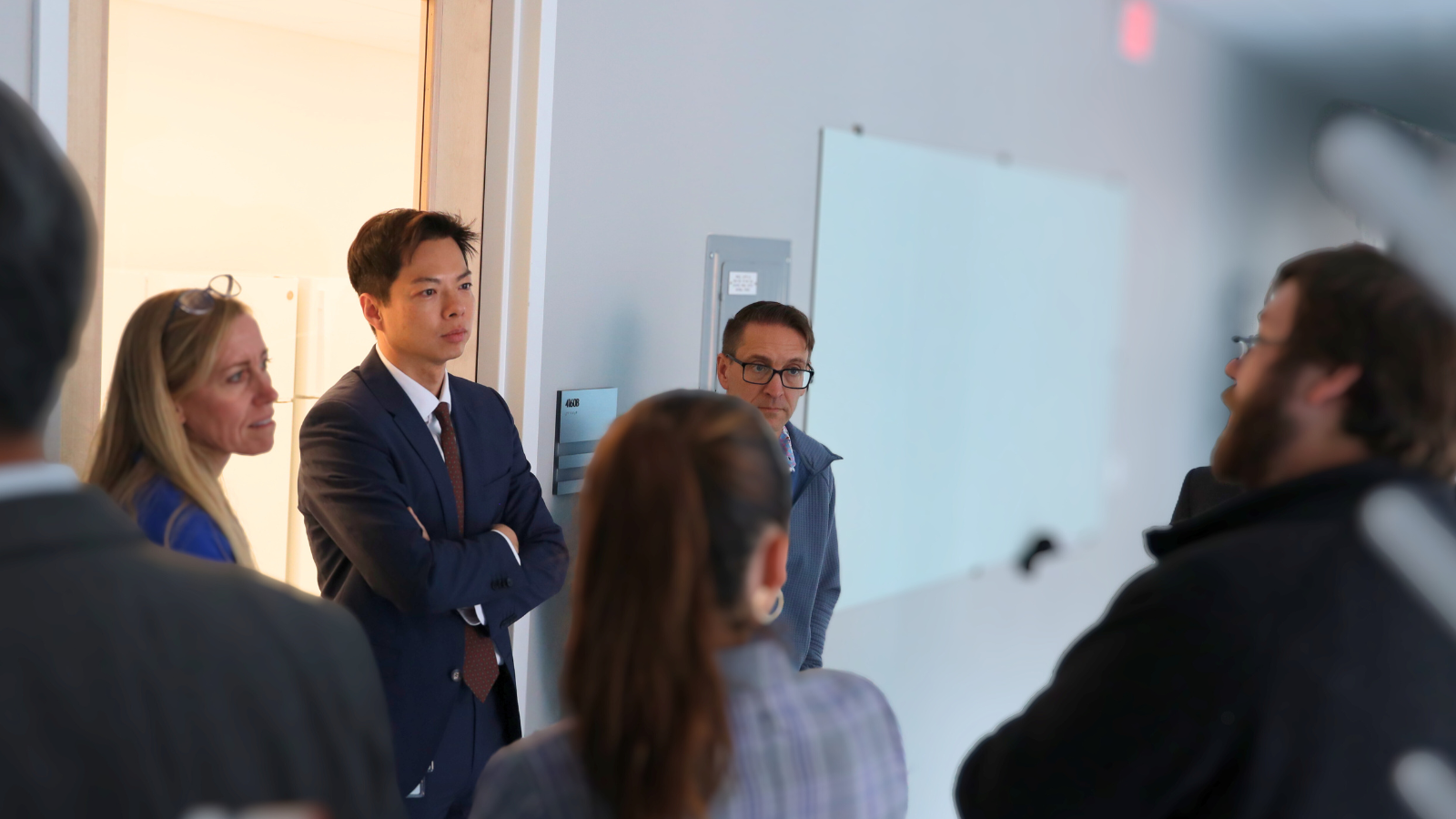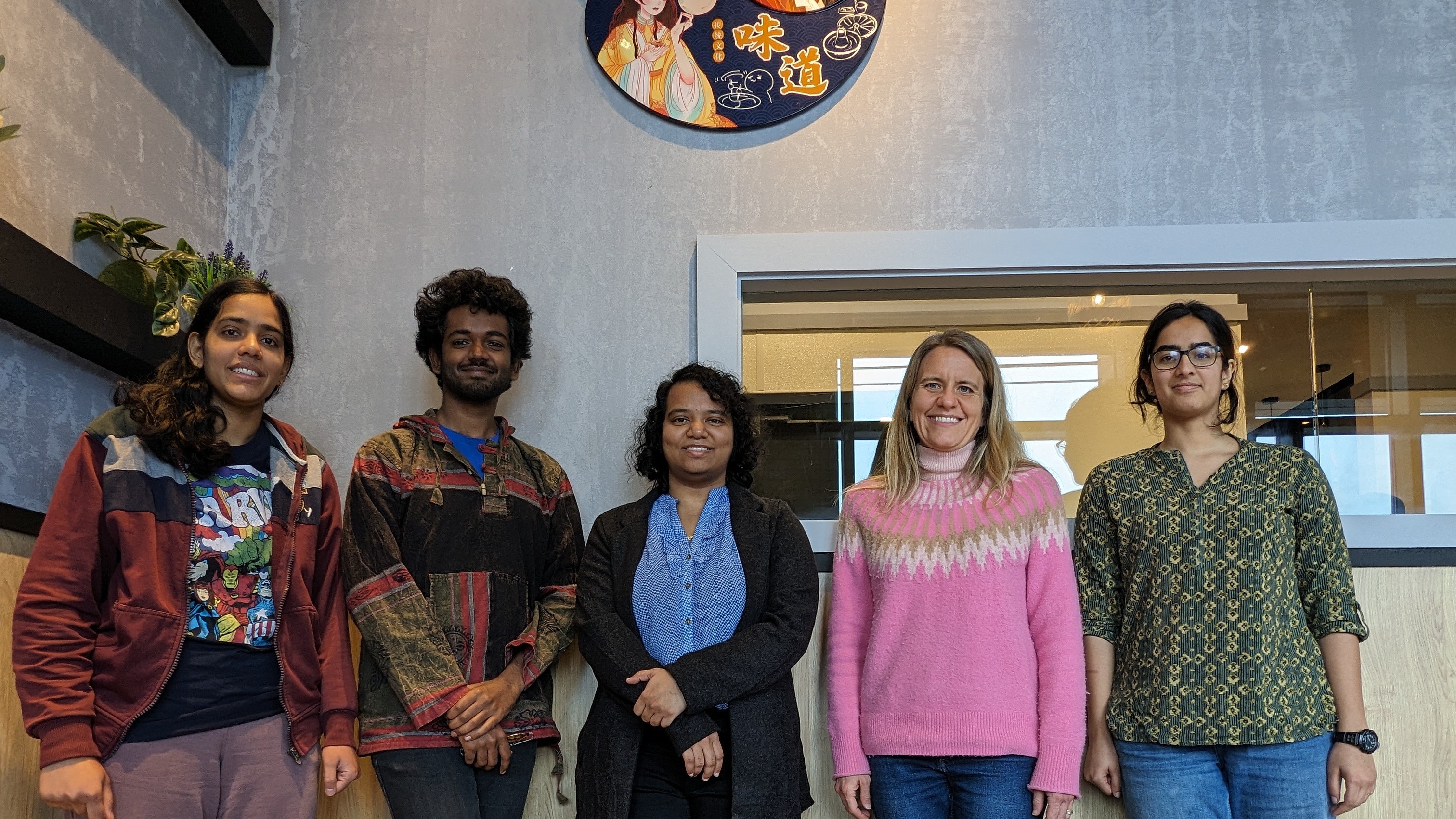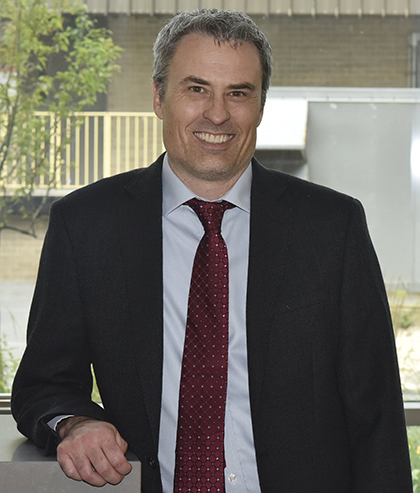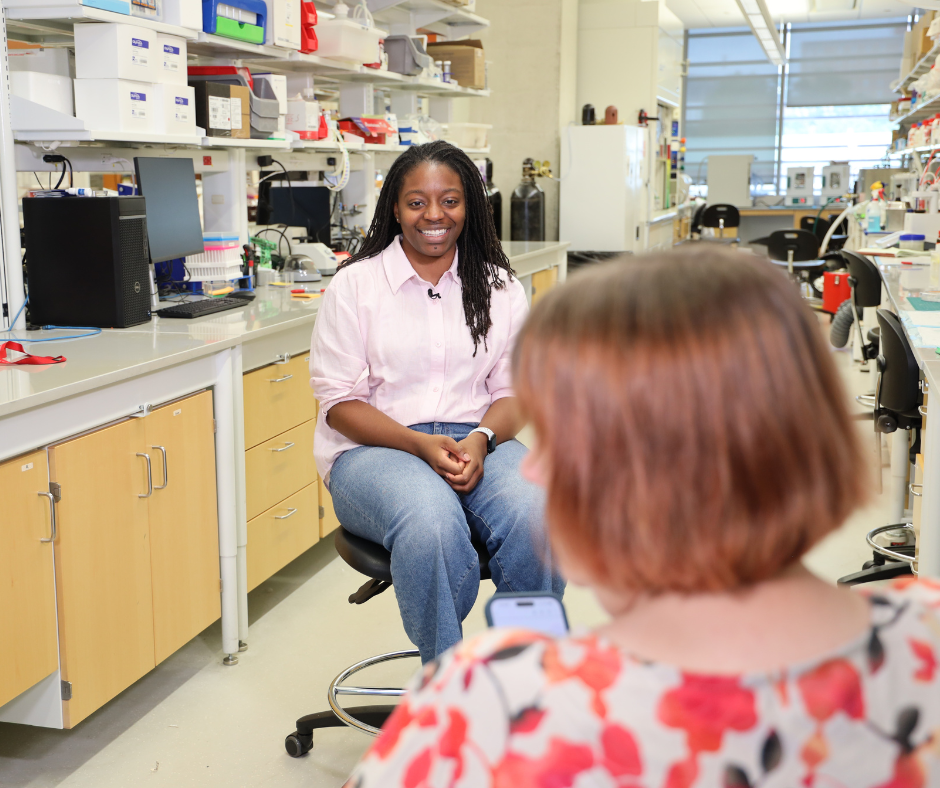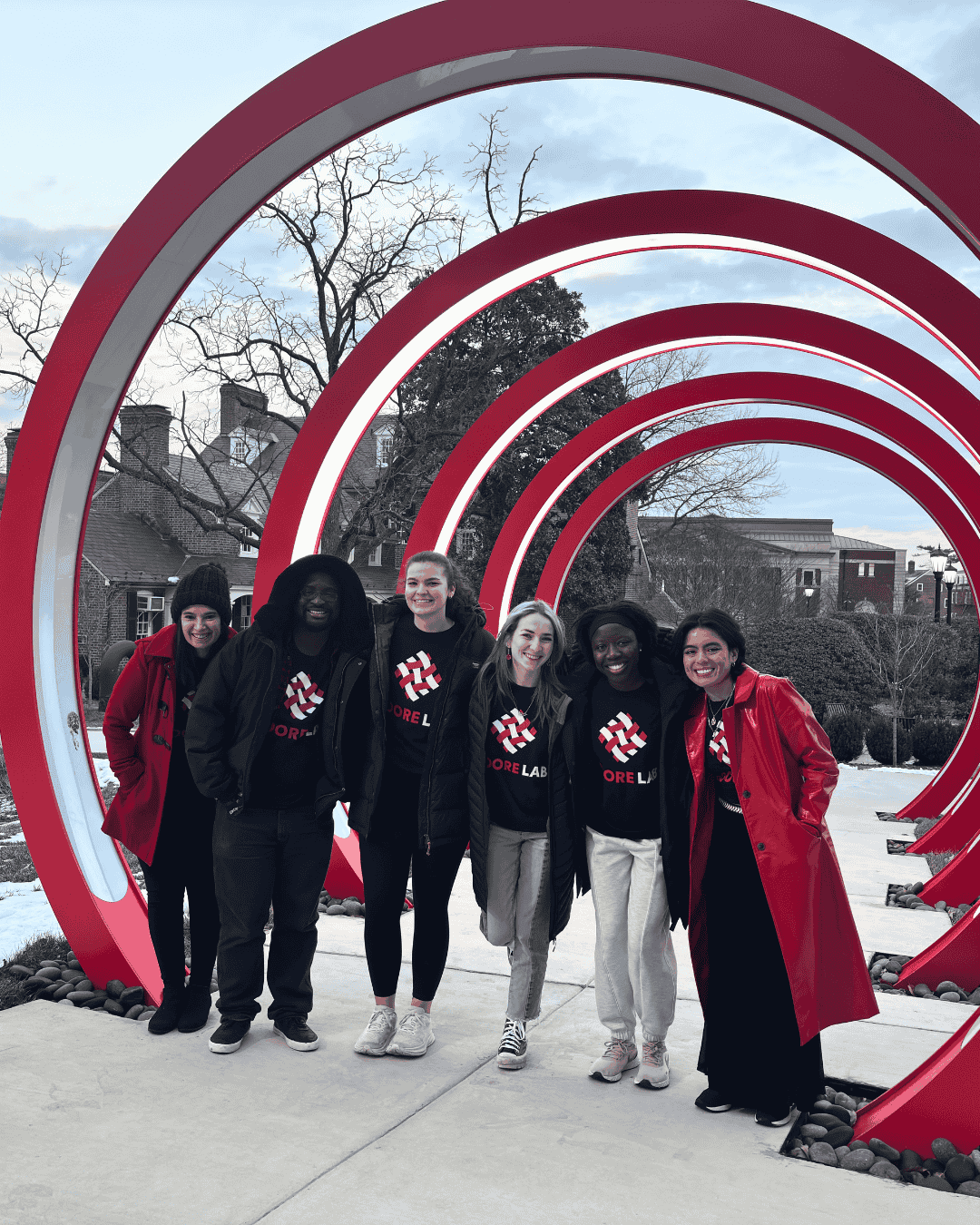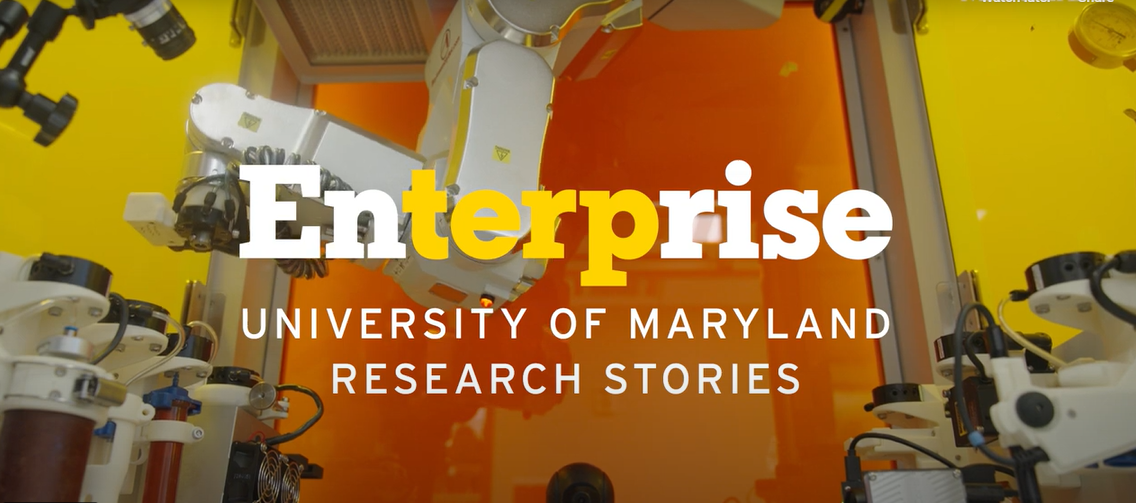News Story
Aranda-Espinoza, Hsieh Promoted
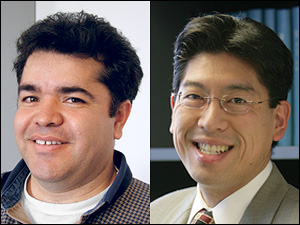
Left: Helim Aranda-Espinoza. Right: Adam Hsieh.
Both professors were originally recruited for the Graduate Program in Bioengineering. Aranda-Espinoza joined the Clark School with an appointment in the Department of Chemical and Biomolecular Engineering in 2005, while Hsieh was appointed to the Department of Mechanical Engineering in 2004. In 2006, they were among the first full-time faculty members to join the newly established Fischell Department of Bioengineering.
Aranda-Espinoza received his Ph.D. from the Universidad de San Luis Potosi, Mexico, in 1998. He is the director of the Cell Biophysics Laboratory, which applies the theoretical and experimental machinery of physics and engineering to obtain a quantitative understanding of specific problems inspired by biological systems. The group studies the mechanics and motility of healthy cells, as well as those with pathological conditions. Of particular interest to the group is to understand how the mechanical environment dictates cell functions.
In 2007, Aranda-Espinoza received a National Science Foundation Faculty Early Career Development (NSF-CAREER) Award for his proposal to study how neurons migrate and axons elongate as a function of the mechanical properties of the substrate.
"Helim's scholarship and personal attention to the well-being of his graduate students is outstanding," says BioE professor and chair William E. Bentley. "He has been particularly successful in finding ways to get his students' research international exposure. Many of his group members have attended meetings in foreign countries."
Hsieh received his Ph.D. from the University of California, San Diego, in 2000. He is the director of the Orthopaedic Mechanobiology Lab, where he and his group study how specific exposures of mechanical stress in musculoskeletal tissues contribute to health and disease, with a particular focus on intervertebral discs of the spine. The group's goal is to understand how the cellular and tissue mechanical environment modulates biological response, so that preventive and therapeutic strategies against musculoskeletal disorders can be developed.
Hsieh is also a NSF-CAREER award winner, having received the honor in 2009 for a proposal to use RNA interference to customize mechanotransduction, the way that cells perceive and respond to mechanical stress, by either amplifying or reducing intercellular communication to achieve a desired result.
"Adam's research is stellar and his group is engaged and cohesive," says Bentley. "He cares deeply about the education process, both at the graduate and undergraduate levels. He was the first champion of our BIOE 121 class and got it off the ground. It is now the most important freshman course in terms of building a community among our freshmen students."
Published August 30, 2011
